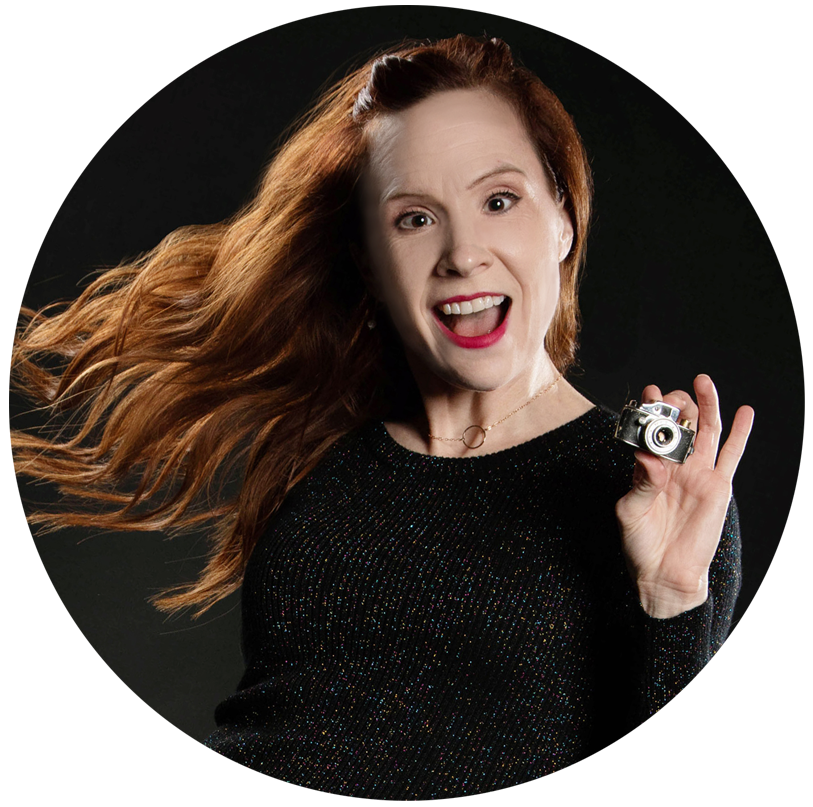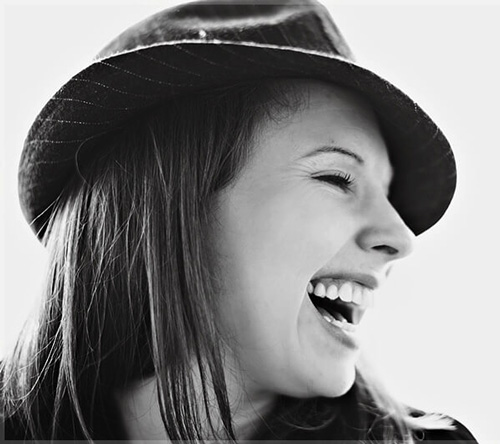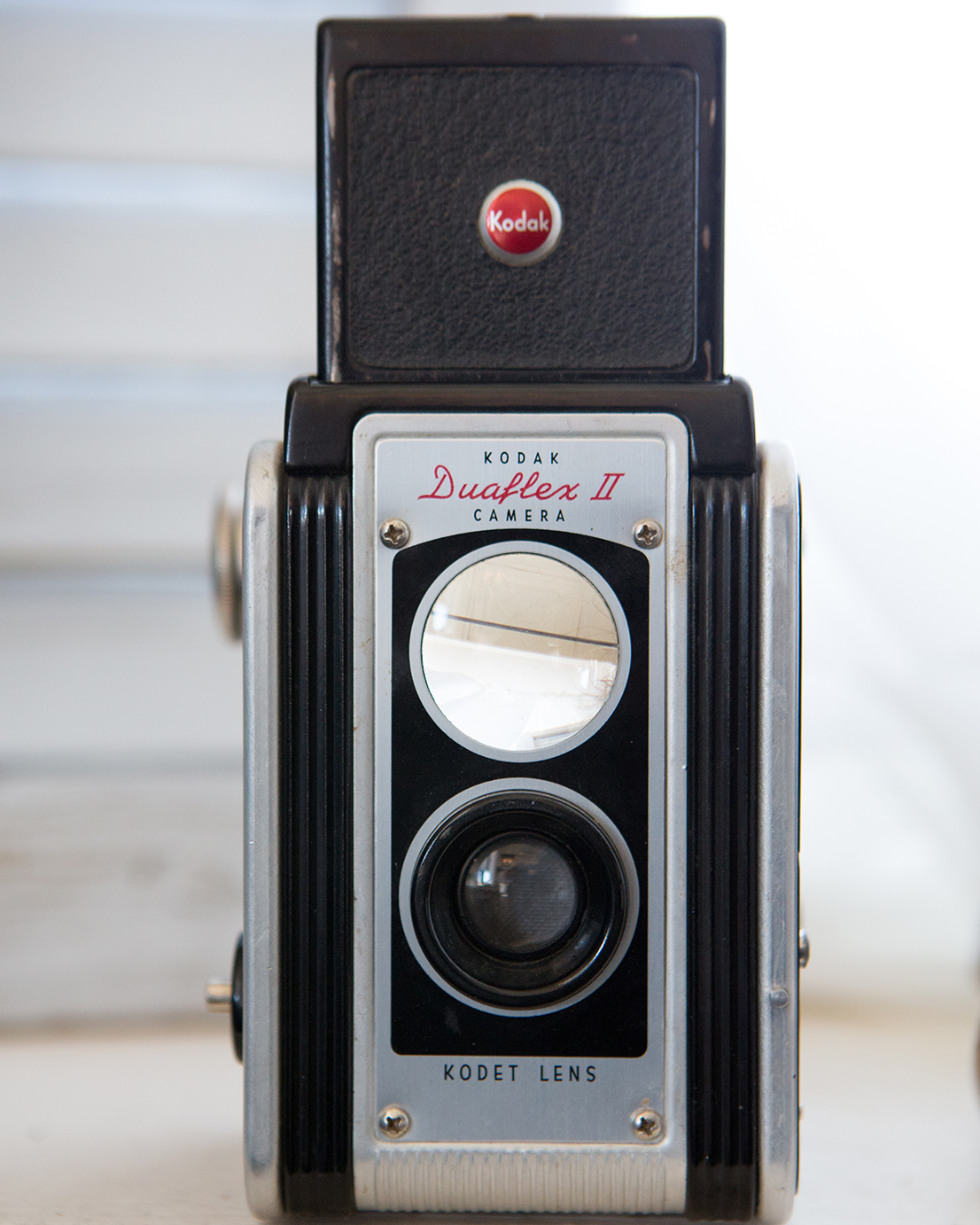In 1839, the invention of photography radically changed the art scene. Similarly to how digital photography challenges fine art photography. Before the camera, record keeping was left to the painters and sought out by the wealthy. Photographic portraits (such as Daguerreotypes) were cheaper and faster to produce and accessible to average families.
.jpg)
.jpg)
The ‘first generation of photographers became part scientists as they mastered a baffling array of new processes and learned how to handle their equipment and material. Yet they also grappled with aesthetic issues, such as how to convey the tone, texture, and detail of multicolored reality in a monochrome medium.’ (*Nga.gov)
Photography: (d) the science or art of creating durable images; Invented 1839 Louis Daguerre/ Henry Fox Talbot
Photographers of the 19th century were not considered ‘artists’ by the discriminating art world. Photography was ‘belittled as a mechanical art because of its dependence on technology.’ (*Brittanica.com)
Digital photography redefines our modern take on image making.
We welcomed the first digital camera in 1975. In 2013, Business Insider reported 350 million images load EVERY SINGLE day!! This dynamic change in accessibility to create and share images has radically changed our how we think and feel about images. Photography will forever remain controversial as an art form.
In this article, I’m reviewing elements for creating fine art photographs and the art of luxury photography. Plus see more of my latest fine art portrait series HERE.
WHAT distinguishes ‘fine art photography’ from the various 350+ million snapshots shared every day?
.jpg)
First let’s determine what makes an image a ‘Fine Art Photograph’?
By design, fine art evokes a certain emotion within the viewer. The greatest element of art is its subjectivity. We each have our own opinion as what is aesthetically pleasing.
For a photograph to transcend into art, the artist uses tools of their craft to make a statement by creating an aesthetic which makes the viewer feel something… ‘Fine art is visual art considered to be something created for aesthetic or intellectual value rather than practical purpose.’ (*Fstoppers.com)
Typically the ‘fine art aesthetic’ is desirable for advertisements or addressing social issues, to which I’ve contributed my fair share. But from the first day I picked up the camera, I wanted to create fine art portraits. Even with the challenges of non-stop advances in technology, I still love using my camera for creating meaningful portraits.
How is a fine art portrait different?
‘A fine art portrait image is created by the photographer as an artist and not just by the camera. The photographer’s vision is central to the resulting shot.’ (*Fstoppers.com)
.jpg)
1) START WITH A VISION
Camera’s are everywhere. The lure of freezing time, of recording memories awaits with only the push of a button. But creating an image is different than hitting the trigger without any thought. Fine ‘art photography is an expression of how the photographer sees the surrounding world. The important thing is not what the camera sees and captures, but what the photo artist sees and wants to show.’ (Fixthephoto.)
Before creating a work of art the artist must consider ‘What am I trying to say?’ ‘What do I want the viewer to feel or remember?’ ‘What kind of impact do I want to leave?’
.jpg)
As an artist, the camera is my preferred tool for capturing and illustrating the beauty I find in every season and stage of life.
As the one who freezes the moment, the photographer has the power of waiting for the exact expression and creating the perfect composition. The colors, textures and gestures of a fine art portrait all contribute to the feeling the image stirs when viewing.
In my opinion, one of the fundamental rules of fine art portrait photography: Less IS more.
Photography is an active sport physically AND mentally, think before you shoot! Think AGAIN before you share.
Adrienne Maples
2) LET THERE BE LIGHT!
Technically photography is ‘painting with light’; you can not create an image without it.
Finding beautiful light is a high priority on your discovery to creating fine art photographs. If you’re just beginning to experiment with light, I suggest using only natural light. Only advance into flash photography once you’ve mastered available light.
Start practicing with natural light using any large window.
.jpg)
.jpg)
Ask your subject to walk towards the window. Watch as the light intensifies and shifts as your subject get closer to the light source. Ask them to turn around 360 degrees and observe how the light changes shape as your subject moves.
PRO PHOTOGRAPHER TIP : Try This —–>
Once you’re ready to take on strobes, check on this great explanation of different portrait photography lighting techniques by Paulina Duczman.
- Create a still life using window light.
- Set your ISO at 640 and experiment on aperture priority mode (f-stops).
- Stand in one place, using the same focal length and photograph your still life using different apertures (re: f22 vs. f4 ) *don’t change anything other than f-stop in between exposures
- Notice the effects the aperture has on the field of focus.
.jpg)
3) THE ART OF POSING
In fine art portraiture, posing is a crucial part of the process. The ability to direct people is a skill that’s hard to offer specific advice but I’ll try my best.
Since you want to evoke emotion from the viewer, posing and expression is critical for making a statement. Study different poses by other portrait photographers, make notes about expressive images and write down WHY they made an impression.
Using different poses, compositions, expressions, and light will make your photos elegant and incredible.
Posing is a strong element in fine art portrait photography. Even with beautiful lighting you need to be able to direct your subjects in order to convey a message. Children are challenging because they can NOT be directed! Creating a warm atmosphere and welcoming vibe works wonders.
.jpg)
Posing Techniques for Mastering Portraits
Here are some posing ideas I pulled from FStoppers.com
- Create separation between the arms and the body
- Tucking the arms in, moving them back far enough to hide the upper arm
- Forcing the chin away from the neck
- Arching the back
- Dropping the shoulders
- Tilting the head back
- Twisting the body
- Making motion believable
- Creating shape
- Create separation between the arms and the body
- Tucking the arms in, moving them back far enough to hide the upper arm
- Forcing the chin away from the neck
- Arching the back
- Dropping the shoulders
- Tilting the head back
.jpg)
.jpg)
.jpg)
Photographers have always had the power to distort the TRUTH. ‘With any great power comes great responsibility.’
Stan Lee
Finally Seek out Inspiration from other Artists
Find other artists whom inspire you to think and grow your photography skills. There is always room to grow in this craft but remember to start simply. Use the example of the 19th century photographers and slowly develop your own unique skills and style.
.jpg)
1) Brooke Shaden
Location: USA Website
Check out the extraordinary work by fine artist Brooke Shaden. She inspires me for many reasons, most of her imagery is created using herself as the subject. Then she paints and creates her vision in Photoshop blending the traditional elements of photograph with digital evolution to create something fantastic & fanciful.
.jpg)
2) Gemmy Woud-Binnendijk
Location: Netherlands Website
When I was collecting research for my Master Portrait Series, I stumbled across another artist doing something similar on the other side of the world. I was immediately drawn to her portraits and slightly envious my idea has already been explored and done so well.
But I draw inspiration from these portraits and as an artist, it’s important to admire and aspire rather than become jealous of what someone else has already created.
It’s always been done before but YOU can do it YOUR way.
.png)






